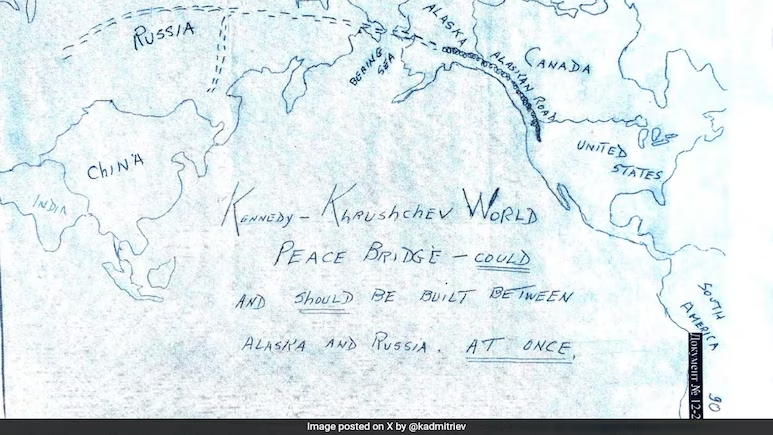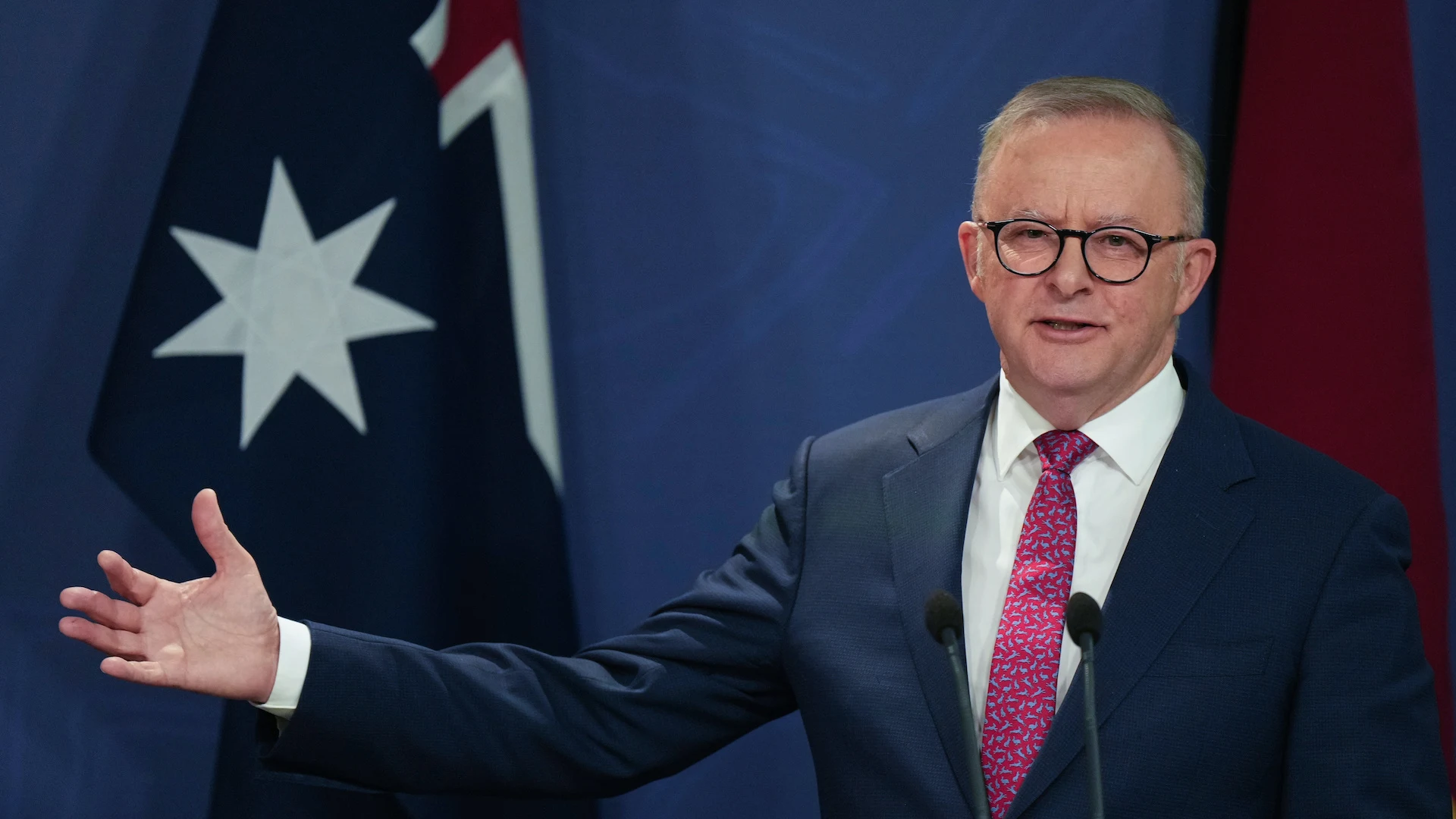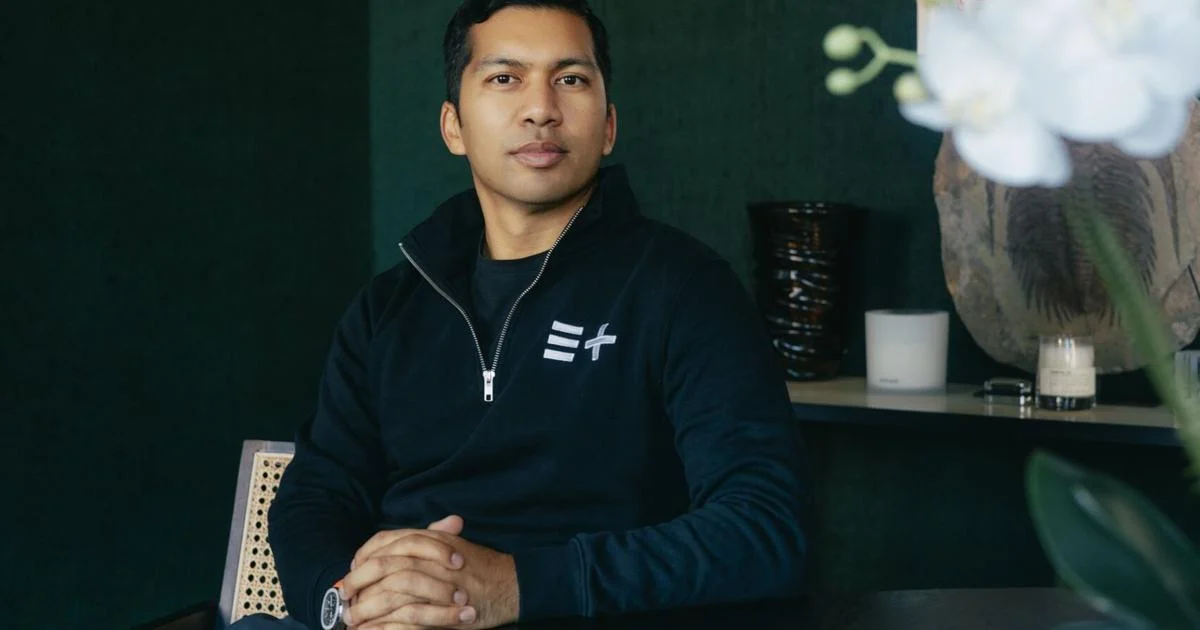Copyright breezyscroll

A newly released 350-page Russian dossier on the assassination of former U.S. President John F. Kennedy (JFK) has taken an unexpected turn in the global conversation—not because of what it reveals about the 1963 killing, but because of a Cold War-era map inside it. The map outlines a proposed “Kennedy-Khrushchev World Peace Bridge,” a structure that would have physically connected the United States and the Soviet Union across the Bering Strait. What’s in the Newly Released Russian JFK Files? The 350-page document, reportedly compiled by Soviet-era intelligence, was handed to U.S. Representative Anna Paulina Luna by Russia’s ambassador in Washington. Luna announced the transfer on X (formerly Twitter), noting that while experts are still verifying the material’s authenticity, it’s currently believed to be genuine. Russia’s embassy in Washington confirmed the release, adding that the full archives would be published in Moscow this November. The state-run outlet Sputnik described the file as “the Kremlin’s official findings on the JFK assassination.” While it’s unclear how much new information the file offers on Kennedy’s killing, it has reignited intrigue over how much the KGB knew about Lee Harvey Oswald, the accused gunman who once lived in the USSR. Why a Bridge Between Russia and the U.S. Was Once on the Table The most talked-about revelation from the document isn’t about bullets or conspiracies—it’s a map. The map details a Cold War proposal for a bridge linking Alaska (U.S.) and Siberia (Russia) across the Bering Strait, a mere 3.8 kilometers apart at their closest point, between Little Diomede Island (U.S.) and Big Diomede Island (Russia). The bridge, dubbed the Kennedy-Khrushchev World Peace Bridge, symbolized a radical idea for its time: a physical connection between two nuclear rivals at the height of Cold War tensions. Such a structure, had it been built, would have represented a geopolitical shift—transforming the Strait that divided two superpowers into a passage of cooperation. How the “Putin-Trump Tunnel” Entered the Conversation The resurfacing of the map has sparked imaginative reactions in Moscow. Kirill Dmitriev, an investment envoy for Russian President Vladimir Putin, posted the image on X, suggesting the bridge be reborn as a “Putin-Trump Tunnel.” Dmitriev proposed using Elon Musk’s The Boring Company technology to build it for under $8 billion, a dramatic cut from traditional engineering estimates exceeding $65 billion. “Elon Musk, imagine connecting the U.S. and Russia—the Americas and Afro-Eurasia—with the Putin-Trump Tunnel, a 70-mile link symbolizing unity. Let’s build a future together!” The comment quickly drew global attention, with many questioning whether Dmitriev’s post was serious or symbolic—a geopolitical meme or a genuine pitch for peace through infrastructure. Why the Timing Raises Eyebrows While the document’s release might seem like a historical gesture, analysts see deeper motives. The handover to a sitting U.S. lawmaker, combined with the upcoming November release in Moscow, comes amid tense U.S.-Russia relations—especially over Ukraine and ongoing sanctions. Some experts suggest the timing could be a soft power play, using JFK’s legacy and the nostalgia of U.S.-Soviet diplomacy to contrast current hostility. Others believe it’s a way for Russia to subtly remind the world that it, too, has archives and intelligence surrounding pivotal American events—a form of “document diplomacy.” What the KGB Knew About Oswald Any Russian file on JFK inevitably circles back to Lee Harvey Oswald. Oswald defected to the Soviet Union in 1959, lived there for nearly three years, and married a Russian woman before returning to the United States. In the months leading up to Kennedy’s assassination, he visited the Soviet embassy in Mexico City, attempting to secure a visa back to the USSR. The KGB closely monitored Oswald during his stay but reportedly saw him as unstable and of little value as an intelligence asset. The new Russian document might contain fresh insight into how Soviet officials interpreted Oswald’s behavior before the shooting—though no groundbreaking revelations have yet been confirmed. The Kennedy-Khrushchev Connection President John F. Kennedy and Soviet leader Nikita Khrushchev maintained one of the most complex relationships of the 20th century—oscillating between confrontation and conciliation. After the near-catastrophic Cuban Missile Crisis in 1962, both leaders sought ways to ease tensions. The proposed “World Peace Bridge,” as the name suggests, could have been one such symbolic gesture toward détente. Though no evidence suggests the bridge plan ever advanced beyond conceptual maps, its rediscovery underscores how even during the Cold War, the idea of connection—literal and diplomatic—never completely died. Could a Bering Strait Bridge Ever Be Built Today? Technically, yes. Politically, not a chance—at least not anytime soon. Engineering experts have long debated the feasibility of such a link, estimating it would require: Three massive bridges and two artificial islands to span 85 kilometers (around 53 miles) of harsh Arctic terrain. Extreme-weather-resistant infrastructure, able to withstand ice floes, earthquakes, and subzero temperatures. An international corridor agreement, involving environmental, military, and immigration controls between two adversarial nations. Even under ideal diplomatic conditions, the project’s cost, logistics, and security implications make it closer to science fiction than an actionable plan. The Bigger Picture The release of Russia’s JFK archives, bridge map and all, reveals more about modern geopolitics than Cold War history. At its heart, this episode blends nostalgia, symbolism, and digital-age diplomacy: A Cold War relic is reintroduced through a social media post. A symbol of peace becomes a talking point in propaganda and politics. And once again, John F. Kennedy’s legacy is invoked in the tug-of-war between East and West. Whether this is a genuine attempt to revisit history or just another soft-power spectacle, one thing is clear—Russia’s “JFK files” have managed to do what few Cold War documents still can: get the world talking about bridges instead of walls.



